Cassini Mission To Saturn

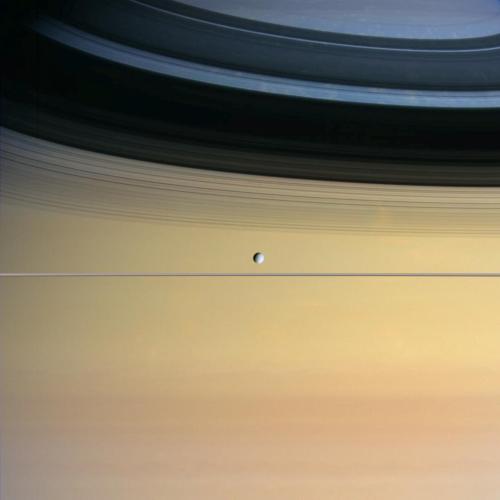
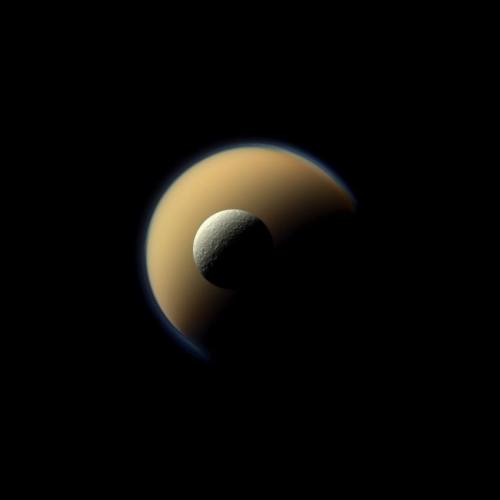
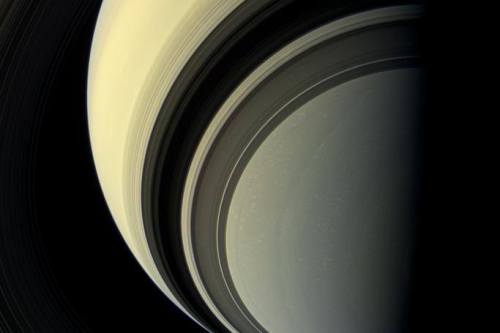
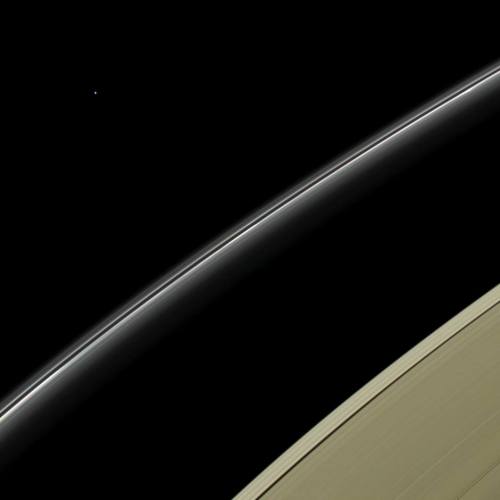
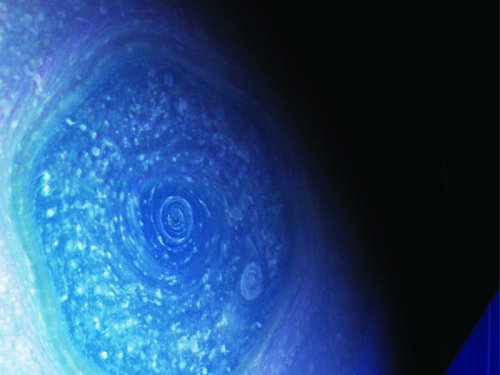

Cassini Mission to Saturn
More Posts from Allisonkitten and Others

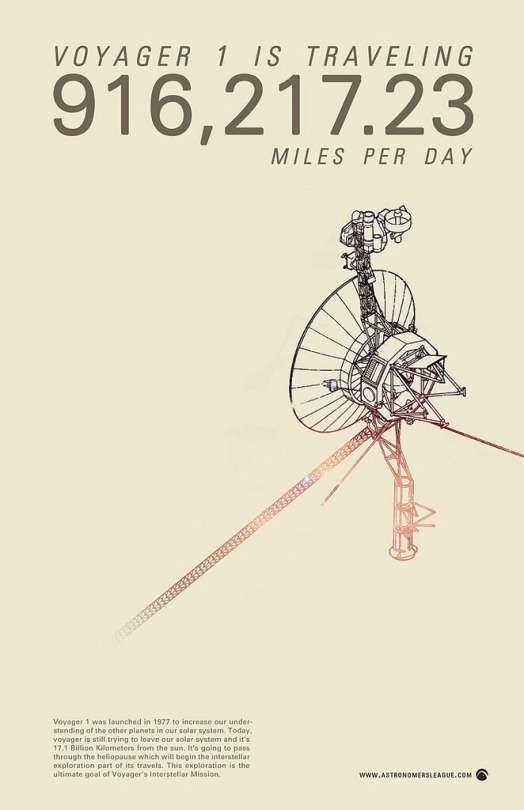
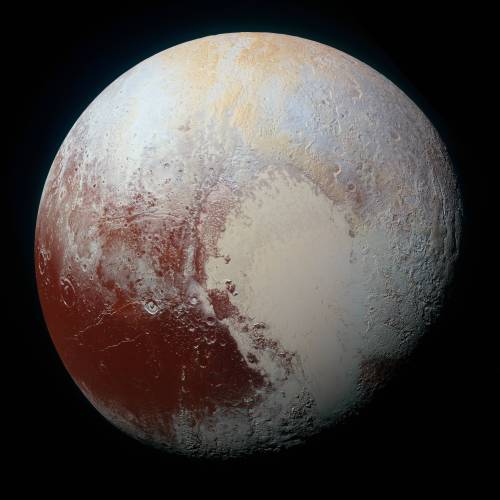

(via)
TESS: The Planet Hunter
So you’re thinking…who’s TESS? But, it’s more like: WHAT is TESS?
The Transiting Exoplanet Survey Satellite (TESS) is an explorer-class planet finder that is scheduled to launch no later than June 2018. This mission will search the entire sky for exoplanets — planets outside our solar system that orbit sun-like stars.

In the first-ever space borne all-sky transit survey, TESS will identify planets ranging from Earth-sized to gas giants, orbiting a wide range of stellar types and orbital distances.
The main goal of this mission is to detect small planets with bright host stars in the solar neighborhood, so that we can better understand these planets and their atmospheres.

TESS will have a full time job monitoring the brightness of more than 200,000 stars during a two year mission. It will search for temporary drops in brightness caused by planetary transits. These transits occur when a planet’s orbit carries it directly in front of its parent star as viewed from Earth (cool GIF below).

TESS will provide prime targets for further, more detailed studies with the James Webb Space Telescope (JWST), as well as other large ground-based and space-based telescopes of the future.
What is the difference between TESS and our Kepler spacecraft?
TESS and Kepler address different questions: Kepler answers “how common are Earth-like planets?” while TESS answers “where are the nearest transiting rocky planets?”

What do we hope will come out of the TESS mission?
The main goal is to find rocky exoplanets with solid surfaces at the right distance from their stars for liquid water to be present on the surface. These could be the best candidates for follow-up observations, as they fall within the “habitable zone” and be at the right temperatures for liquid water on their surface.
TESS will use four cameras to study sections of the sky’s north and south hemispheres, looking for exoplanets. The cameras would cover about 90 percent of the sky by the end of the mission. This makes TESS an ideal follow-up to the Kepler mission, which searches for exoplanets in a fixed area of the sky. Because the TESS mission surveys the entire sky, TESS is expected to find exoplanets much closer to Earth, making them easier for further study.
Stay updated on this planet-hunting mission HERE.
Want to learn more? Join our Twitter Q&A on May 18 at 1:00 p.m. EDT. Use #AskTESS for questions!
Make sure to follow us on Tumblr for your regular dose of space: http://nasa.tumblr.com

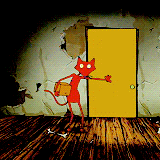
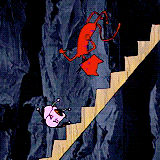











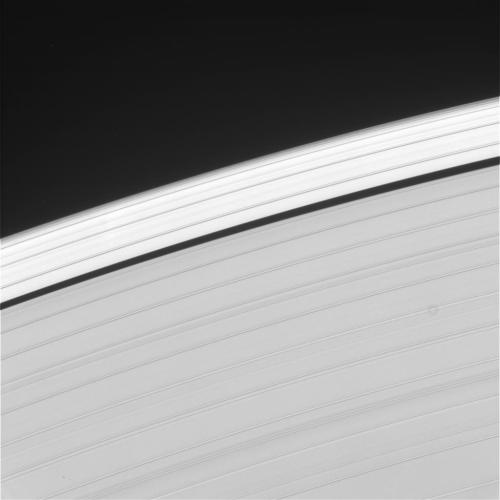




The rings of Saturn, observed by Cassini space probe, April 2016. (NASA)
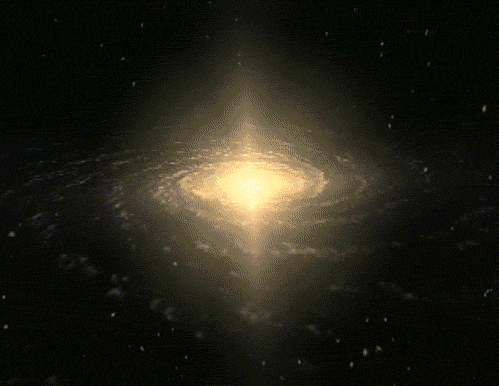
Celestial Wonders- Binary Stars (#1)
The twins of the stellar world are binary star systems.
A binary star is a star system consisting of two stars orbiting around their common center of mass.
When two stars appear close together in the sky as seen from the Earth when viewed through an optical telescope, the situation is known as an “optical double”.
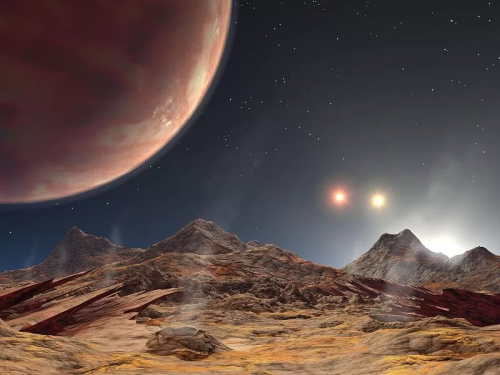
This means that although the stars are aligned along the same line of sight, they may be at completely different distances from us. This occurs in constellations; however, two stars in the same constellation can also be part of a binary system
Why study Binary stars ?
Binary star systems are very important in astrophysics because calculations of their orbits allow the masses of their component stars to be directly determined, which in turn allows other stellar parameters, such as radius and density, to be indirectly estimated.
This also determines an empirical mass-luminosity relationship (MLR) from which the masses of single stars can be estimated.
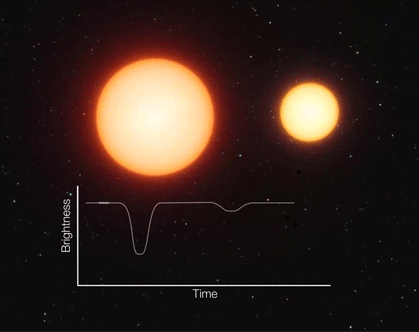
Also,it is estimated that 75% of the stars in the Milky Way galaxy are not single stars, like the Sun, but multiple star systems, binaries or triplets.
The Brightest star in the sky is a binary.
This is true. Sirius (aka the Dog star) - the brightest star in the sky is actually a binary star system.
When it was discovered in 1844 by the German astronomer Bessel, the system was classed as an astro-metric binary, because the companion star, Sirius B, was too faint to be seen.
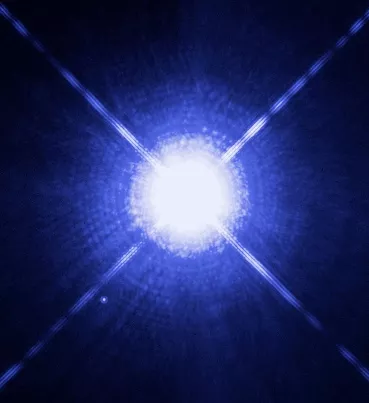
Bessel, who was also a mathematician, determined by calculations that Sirius B existed after observing that the proper of Sirius A (the main star) followed a wavy path in the sky, rather than a uniform path.
Sirius can now be studied as a visual binary because, with improving technology and therefore improved telescopes, Sirius B was able to be seen, although not for 20 years after Bessel had correctly predicted its existence.

Black Holes in a binary system ?
Hell Yeah! The term “binary system” is not used exclusively for star systems, but also for planets, asteroids, and galaxies which rotate around a common center of gravity.
However, this is not a trick question; even in star binaries, the companion can be a black hole.
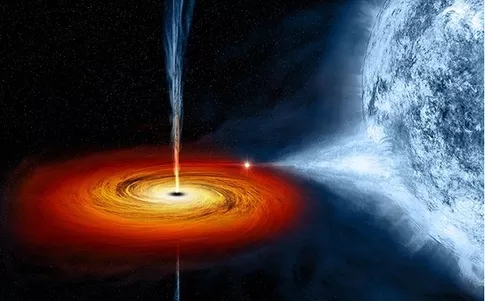
An example of this is Cygnus X-1.
A binary Black Hole system ?
Definitely! A binary black hole (BBH) is a system consisting of two black holes in close orbit around each other.
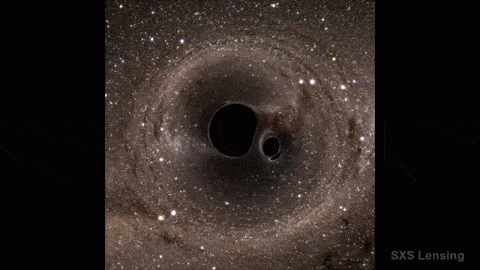
In fact the LIGO experiment which confirmed the existence of Gravitational waves was able to acquire its data when two Binary Black Holes Collided and merged into one. This phenomenon sent ripples in the fabric of space-time which we call as a Gravitational Wave.
The Universe is amazing huh?
If you found this interesting, check out:
A Denied stardom status - Jupiter
Black Holes are not so Black (Part 3) - Gravitational Waves
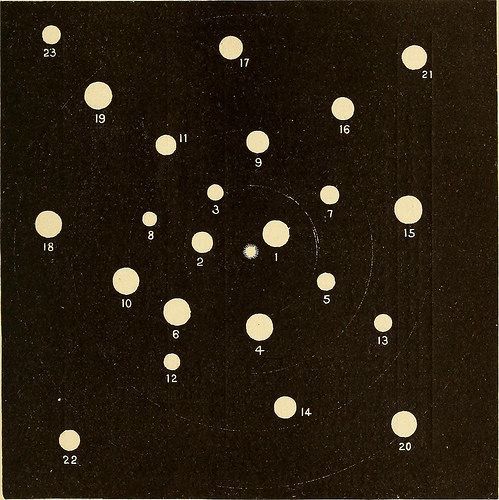
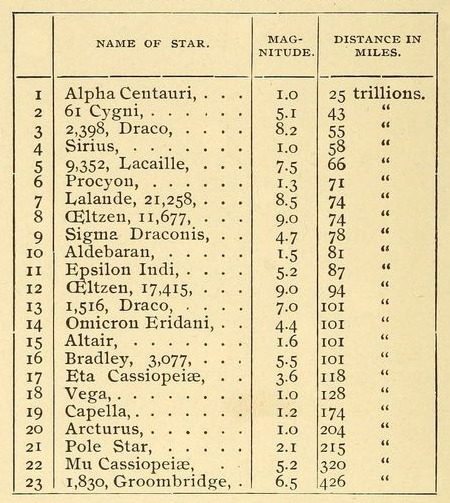
Known distances of stars from Earth in the 1890s, chart and table. The story of the sun, moon and stars. 1898.
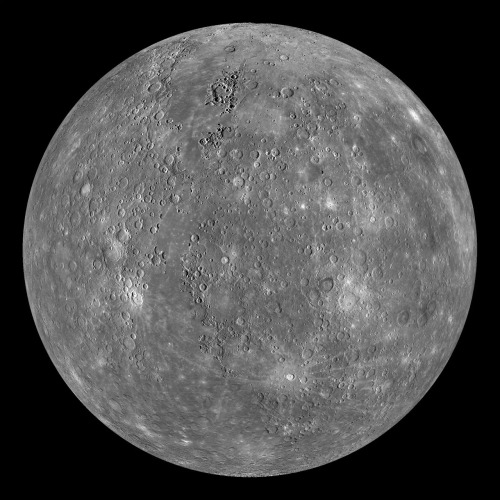
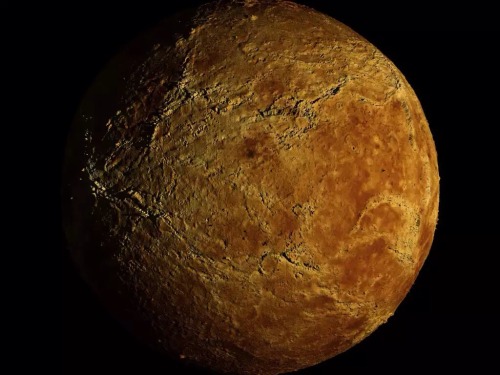
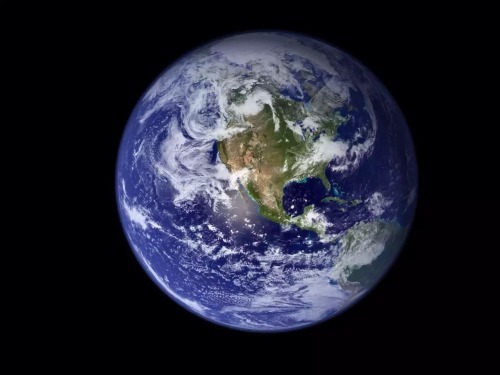
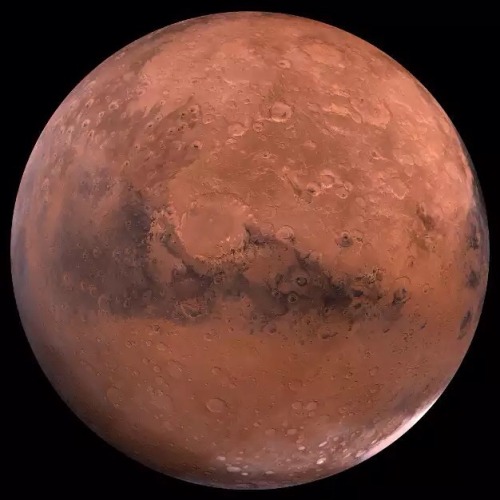
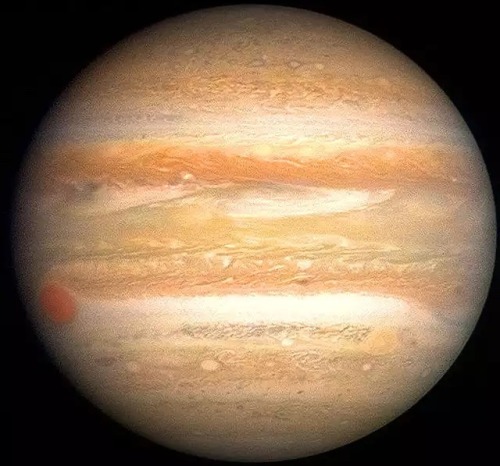
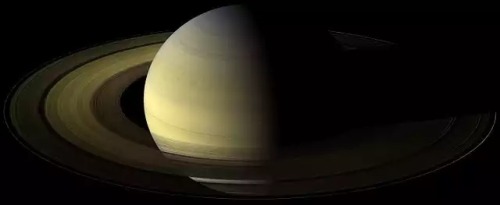


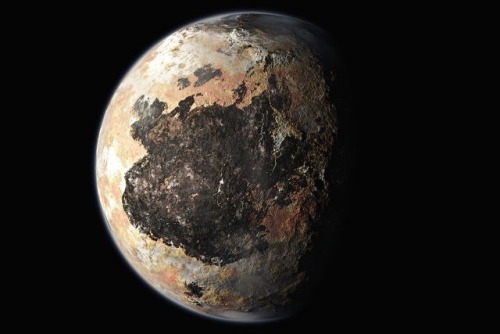
-
 rosagoddess liked this · 8 years ago
rosagoddess liked this · 8 years ago -
 aura-loveshine liked this · 8 years ago
aura-loveshine liked this · 8 years ago -
 nimal0 liked this · 8 years ago
nimal0 liked this · 8 years ago -
 faith-the-demon-blog liked this · 8 years ago
faith-the-demon-blog liked this · 8 years ago -
 rudefaerie reblogged this · 9 years ago
rudefaerie reblogged this · 9 years ago -
 disgruntled-tortoiseshell reblogged this · 9 years ago
disgruntled-tortoiseshell reblogged this · 9 years ago -
 joleebindo-blog reblogged this · 9 years ago
joleebindo-blog reblogged this · 9 years ago -
 joleebindo-blog liked this · 9 years ago
joleebindo-blog liked this · 9 years ago -
 oneoclockrock liked this · 9 years ago
oneoclockrock liked this · 9 years ago -
 mrdingo reblogged this · 9 years ago
mrdingo reblogged this · 9 years ago -
 glycol liked this · 9 years ago
glycol liked this · 9 years ago -
 x-heesy liked this · 9 years ago
x-heesy liked this · 9 years ago -
 dzh-dzh liked this · 9 years ago
dzh-dzh liked this · 9 years ago -
 melimelo85 reblogged this · 9 years ago
melimelo85 reblogged this · 9 years ago -
 nightmarealienspaceabyss reblogged this · 9 years ago
nightmarealienspaceabyss reblogged this · 9 years ago -
 melimelo85 liked this · 9 years ago
melimelo85 liked this · 9 years ago -
 maxwellheadley reblogged this · 9 years ago
maxwellheadley reblogged this · 9 years ago -
 rudefaerie liked this · 9 years ago
rudefaerie liked this · 9 years ago -
 salvadormolli reblogged this · 9 years ago
salvadormolli reblogged this · 9 years ago -
 criquets liked this · 9 years ago
criquets liked this · 9 years ago -
 dianelikesart liked this · 9 years ago
dianelikesart liked this · 9 years ago -
 sciff reblogged this · 9 years ago
sciff reblogged this · 9 years ago -
 soraimo reblogged this · 9 years ago
soraimo reblogged this · 9 years ago -
 soraimo liked this · 9 years ago
soraimo liked this · 9 years ago -
 juhrissato reblogged this · 9 years ago
juhrissato reblogged this · 9 years ago -
 sciff liked this · 9 years ago
sciff liked this · 9 years ago -
 free-range-potatoes liked this · 9 years ago
free-range-potatoes liked this · 9 years ago -
 wapiti3 liked this · 9 years ago
wapiti3 liked this · 9 years ago -
 mazzystardusty reblogged this · 9 years ago
mazzystardusty reblogged this · 9 years ago -
 ashley513860 liked this · 9 years ago
ashley513860 liked this · 9 years ago -
 coffee-and-vroomvroom reblogged this · 9 years ago
coffee-and-vroomvroom reblogged this · 9 years ago -
 yourdailyrorschach reblogged this · 9 years ago
yourdailyrorschach reblogged this · 9 years ago -
 the-finalfrontiier reblogged this · 9 years ago
the-finalfrontiier reblogged this · 9 years ago
Just a socially awkward college student with an interest in the celestial bodies in our universe.
279 posts